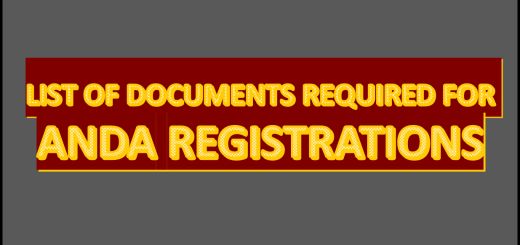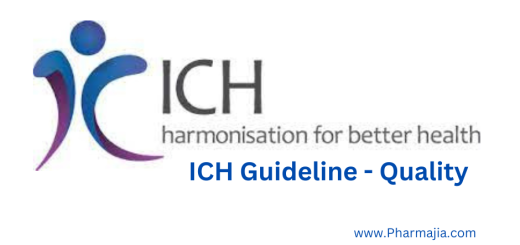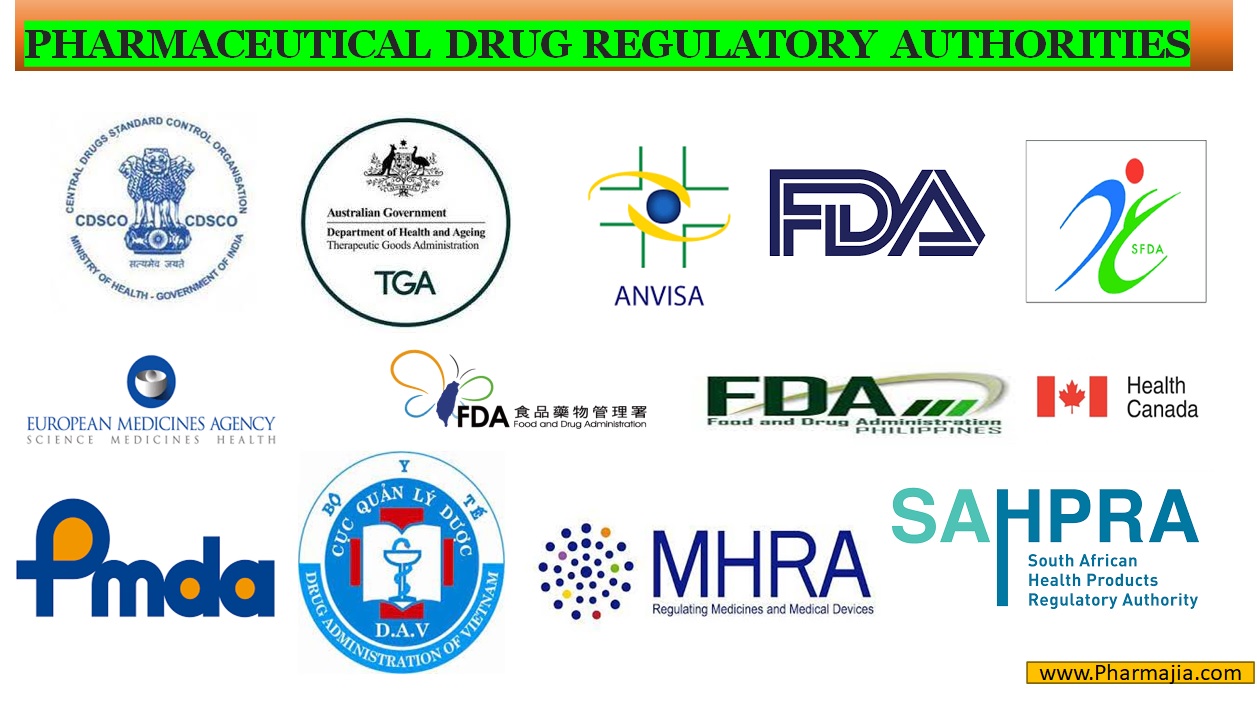Registration in WHO/UNICEF- List of documents

This article Includes List of Documents Required for Product Registration in WHO/UNICEF
What are the WHO/UNICEF ?
The World Health Organization (WHO) and United Nations Children’s Fund (UNICEF) have established prequalification programs for the registration of pharmaceutical products.
The WHO Prequalification program evaluates the quality, safety, and efficacy of medicinal products, vaccines, and in vitro diagnostics. This program is designed to provide guidance to countries and organizations on selecting and procuring medicines that meet international standards.
The UNICEF Supply Division has established a similar prequalification program for vaccines, where they assess the quality, safety, and efficacy of vaccines before procurement by UNICEF.
The prequalification process involves a rigorous review of data from clinical trials, manufacturing processes, and quality control systems. Once a product is prequalified, it is listed on a public database and can be considered for procurement by UN agencies and other organizations.
List of Documents Required for Registrations for WHO (World Health Organizations) /UNICEF (United Nations Children’s Fund)
Below are the List of Documents Requirement for Product Registration in WHO/UNICEF :
- Research and Development communication for license application.
- Research and Development manual and PDCL
- Research and Development batch data along with product development report.
- New bulk code, product code, pack code application
- Three regulatory batches to be manufactured by using atleast two different AR nos. of Actives and only stability samples to be packed. The rest of the quantity from these batches can be diverted as per market requirement.
- Batch size minimum 1, 00,000 units.
- All API & excipients should be as per BP /Ph Eur if official in pharmacopoeia.
- FDA license & DCGI permission.
- For proposing exhibit batch size optimum occupancy should be consider during selection of equipment.
- Proposal for scale up (PID batch), registration batch and commercial batch size.
- Tooling drawings: Punches, change parts packing machine.
- Comparative equipments chart for scale up, exhibit and proposed commercial batch.
- List of equipments and their qualification/ calibration status to be checked before taking exhibit batch.
- Comparison of in process checks & process parameters between scale up batch, registration batches and commercial batch.
- For WHO/UNICEF all 3 batches drum pack to be charged for stability.
- First whole batch to be packed & keep in Bonded store. Remaining 2 batches to pack only for stability along with drum pack
- Assessment protocol of scale up/exhibit batch and proposed commercial batch.
- Assessment report of scale up/exhibit batch.
- Assessment flow sheet.
- Approved supplier list and vendor list
- CGMP certificate of out side testing laboratory.
- Product review report
- Generic drug environment act statement.
- Brief description of manufacturing facility along with process flow sheet.
- Technical agreement with party.
- Hold time study protocol /report /data
- Product assessment summary
- TSE/BSE Certificates of all excipients.
- Material safety data sheet.
- Master manufacturing formula (MMF) .
- Master packing formula (MPF)
- Master BMR / BPR of exhibit & commercial batch.
- cGMP certificate for API as well as finished product.
- OVI certificate of API manufacturer & excipients
- Raw Material specification.
- Released finished product specification.
- Stability finish product specification.
- Packing material specification.
- HDPE bottle, CRC caps non-CRC cap, silica gel bag, polybag, fiber drum.
- Raw material certificate of analysis
- Finished product certificate of analysis.
- Blend specification, Uncoated coated.
- Packing material COA.
- Analytical method validation
- Assay (HPLC), Uniformity of dosage units, dissolution, related Substances, forced degradation study.
- Analytical method validation (API)
- Chromatography purity, assay, residual solvent, particle size, forced degradation study & other tests.
- Well-labeled chromatograms of identification test, related substances analysis.
- Working standards used for executed batch of API & finished product.
- Three month stability data at room temperature and accelerated for all pack and all strength.
- Comparative profiling for dissolution in three media, content uniformity, assay.
- Pre- approval and post approval stability protocol.
- Blank stability chart for all packs.
- Excipients manufacture COA’s.
- Letter of access of primary container and API.
- Stability conditions:
- Long term: 30°C/75 RH (samples also to be incubated at 30°/65 RH and 25° C /60% RH). If significant change observed at 30 °/75% RH then samples to be analyzed at 30°C/65 RH .If significant change observed at 30°C /60% RH then only samples from 25°C/60RH condition to be monitored.
- Accelerated conditions: 40 °C /75% RH (Interval 1,2,3&6 months)
- Stress condition: 50 °C/ Ambient RH (Interval 1,2,3 months) and 25°C/ 80% RH (Interval 1,2,3 months)



